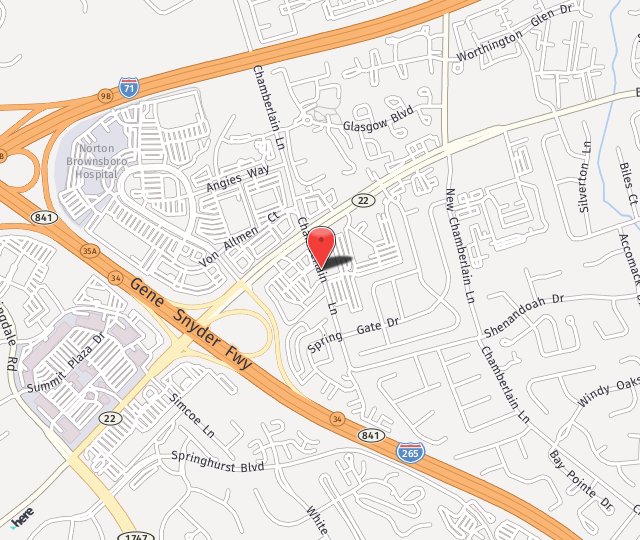How to Pick the Right Size and Shape of Breast Implants
One of the questions I’m asked most as a plastic surgeon by patients considering breast implants is, “how do I know what size and shape I need?” The answer has changed dramatically throughout the 25 years that I’ve been performing breast augmentations. Along the way, I’ve learned that the words that our patients use to […]
How to Pick the Right Size and Shape of Breast Implants Read More »

